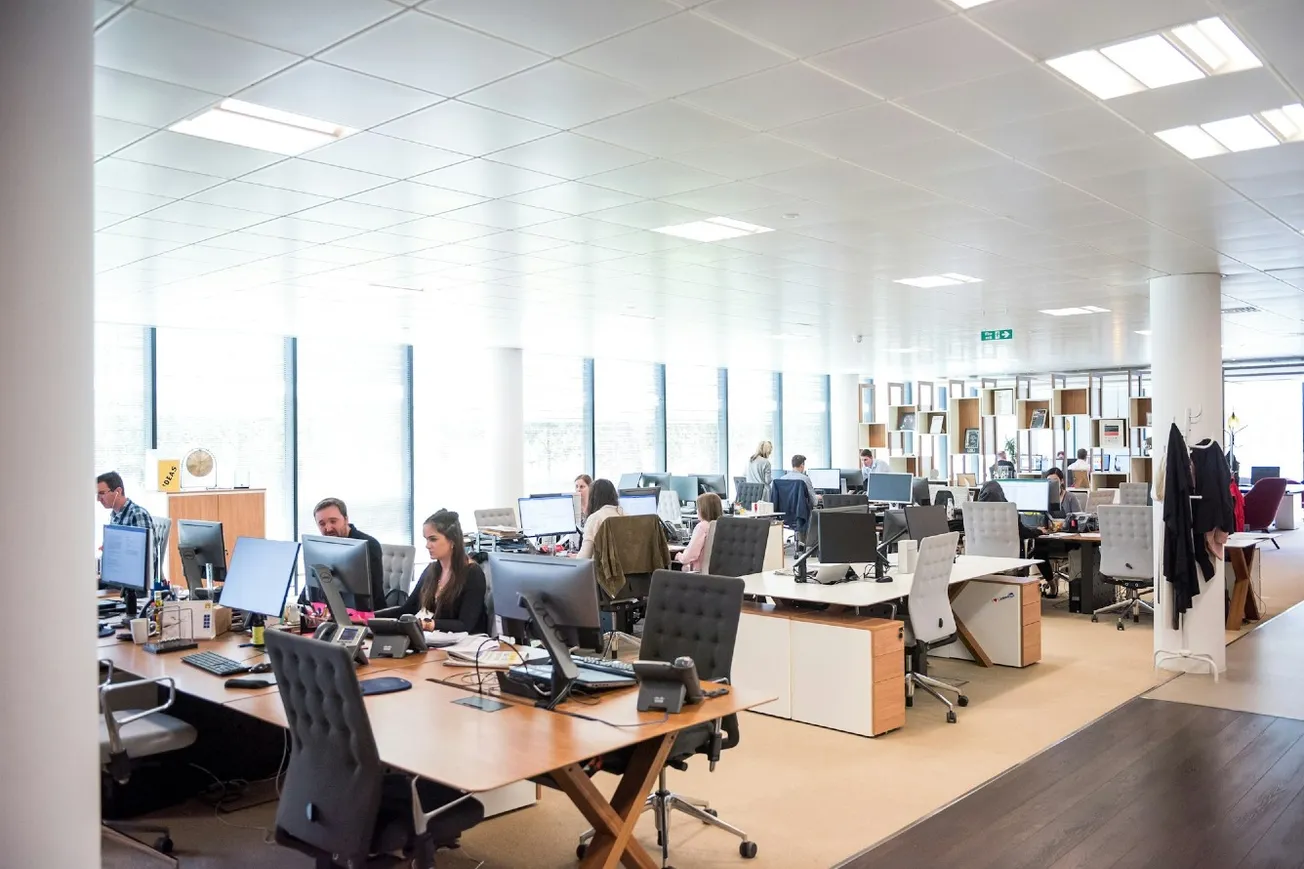
Around 50 container ships are estimated to pass through the Suez a day. These vessels are responsible for around 12% of global trade, providing vital passage for shipments of US$1 trillion from Asia to Europe and North America.
Having started in October, the drone and missile attacks are forcing shipping firms to avoid the region altogether.
“Ships are diverting away from the Red Sea and rerouting around the coast of South and West Africa -- this increased traffic has created huge congestion in bunkering ports around Africa and placed significant pressure on port infrastructure,” John Bassadone, CEO of independent bunker supplier Peninsula, told Reuters.
Rerouting shipments around the Cape adds about 3,000-3,500 nautical miles (6,000km) to journeys connecting Europe with Asia, adding about ten days to the duration of the trip, according to the Dutch bank ING.
According to Drewry’s World Container Index, the cost of shipping a 40-foot container increased by 23% to $3,777 this week and has risen by 82% compared to the same week last year.
Since the Houthi attacks started on October 19, freight rates for Shanghai to Rotterdam for a single 40ft container have risen 383.5%, from $1,024 to $4,951. Also, rates on Shanghai to Genoa swelled by 358.5%, from $1,370 to $6,282.









